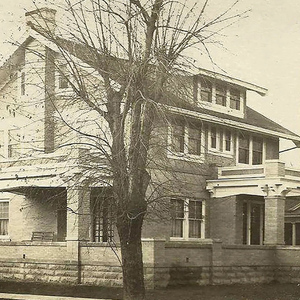*
O.K., I have been doing research into the whole weatherization thing. To be honest, it was not anything new to me. I do not have the “benefit” of old school knowledge to hinder me. I am an engineer by training and trade, and a contractor by hobby. So alot of this seemed logical to me. Anyways, I have a few questions regarding the practical implementation of this knowledge.
1 – Regarding blower door tests. Is it possible, or valuable, totake relative readings on works in progress? Say for example a room by room renovation, or a house with a leaky basement, or a house with several leaky doors in the yet-to-be-renovated sections.
1a – Can one use a blower door to compartmentalize rooms or floors, then take relative readings?
2 – Are there any ways to retrofit a transpirational basement from the interior? For example, one or more walls blocked by other construction. Or with fieldstone basements, the interior seems to be the only practical place to do this. The base of many filedstone walls run over 24″ wide which leaves alot of exposed stone and mortar that cannot be remediated with slab or exterior membrane repairs.
3 – Are foam guns fun for everyone else to run?
4 – Are there particular concerns when you place your weather barrier in the first floor. This basically leaves the basement with mechanicals and air handler as a seperate “zone” to be heated with a seperate system. This probably is not a lrage concern with hot water heat.
5 – What relative pressure levels are considered high or low when comparing a room to the outdoors or to the other interior spaces. I ask this in respect to rooms that are impossible to retrofit with return air ducts. Assumptions – hallway outside the door is a return air plenum with a return duct in the floor. Cold air return/exhaust is via gap under the door.
6 – Pressure differentials mean a few things right? For example a high delta P relative to the outdoors could mean excessive pressurization (bad), but it also means low exfiltration (or infiltration – good). If a room has a high delta P it could mean air handler imbalance (bad), or the room is tighter than the rest of the house (good).
7 – Do room to room delta P’s mean anything important or is it a balancing issue?
I had planned to E-mail this to Freddy, but I thought all could benefit. BTW – I am mixed on the new format
-Rob


















